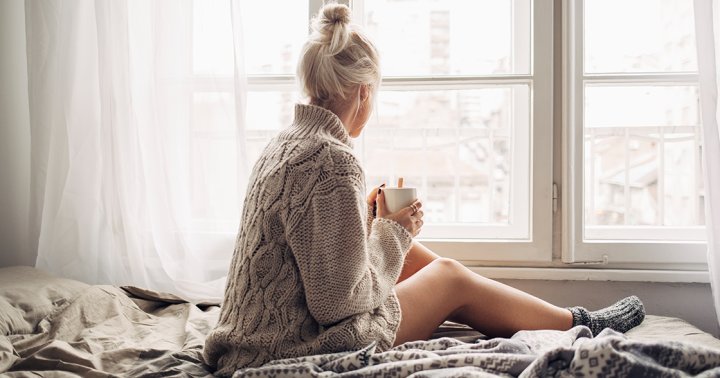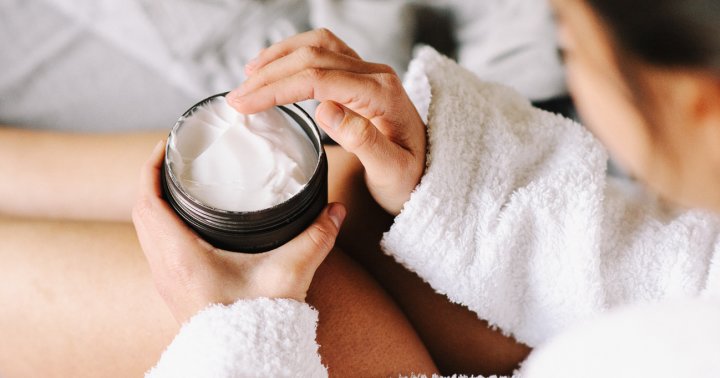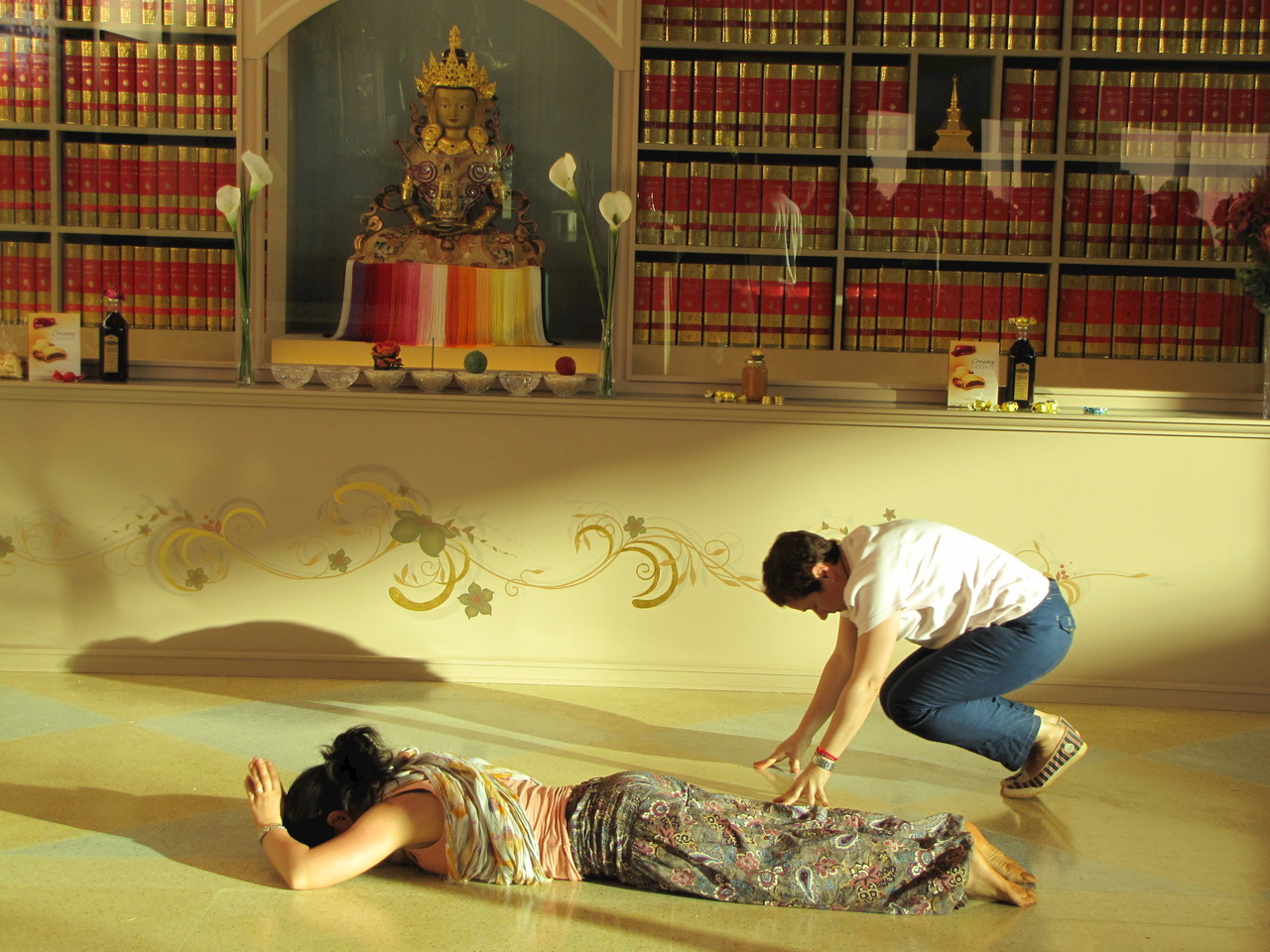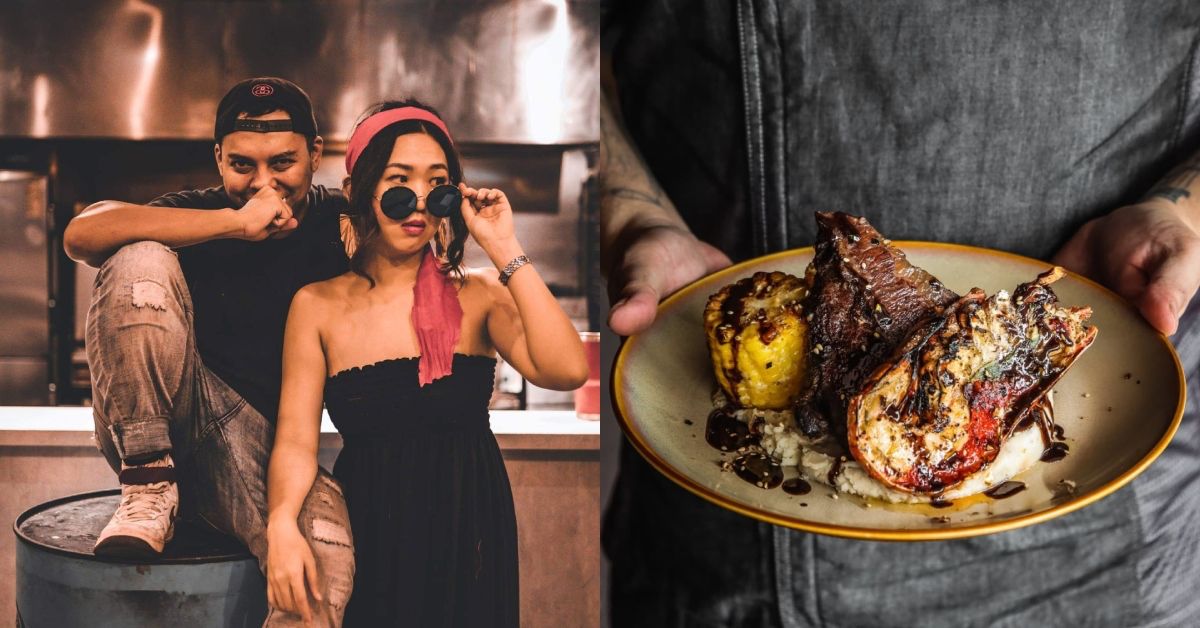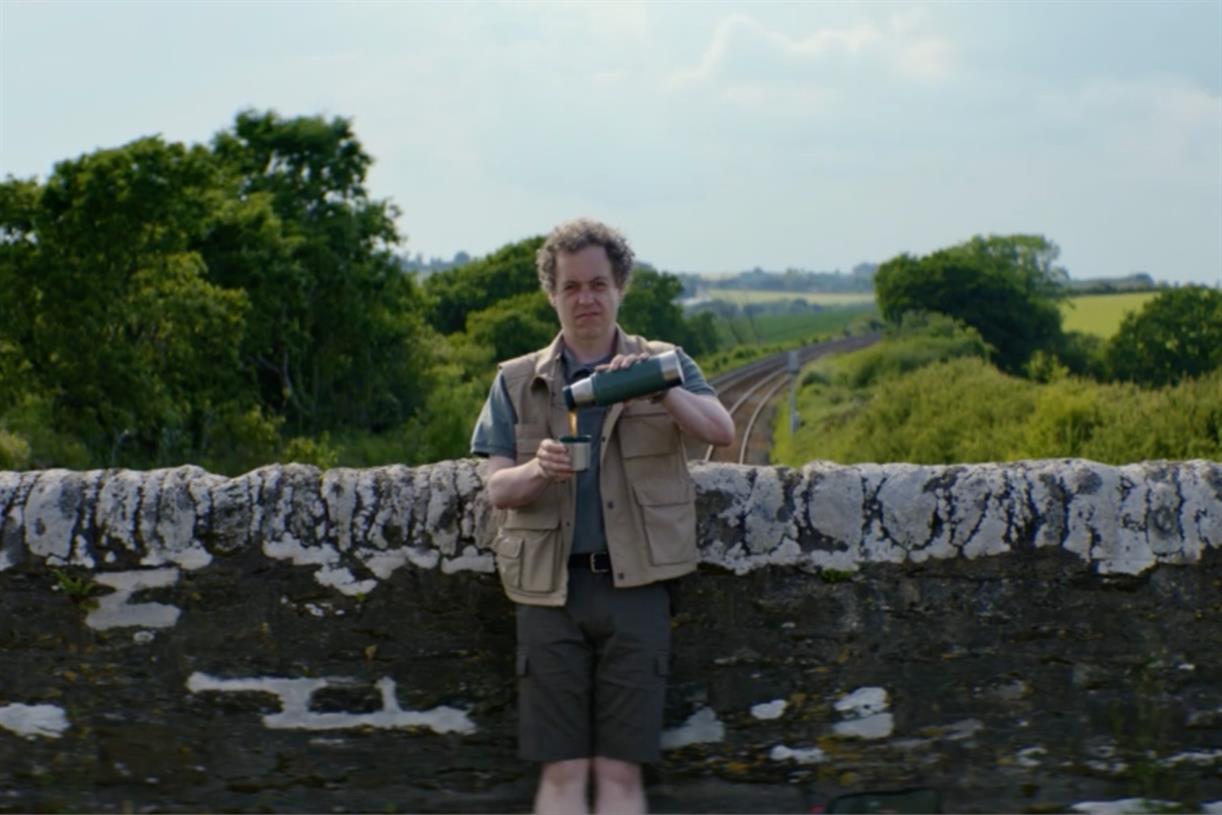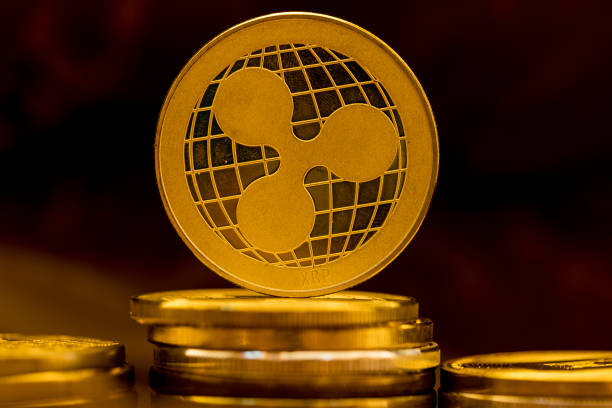“I See No Contradiction”
Breeshia Wade—a content strategist, DEI consultant, Buddhist chaplain, and Southern Baptist—shares how her unique experiences inform her work and approach to grief. The post “I See No Contradiction” appeared first on Tricycle: The Buddhist Review.
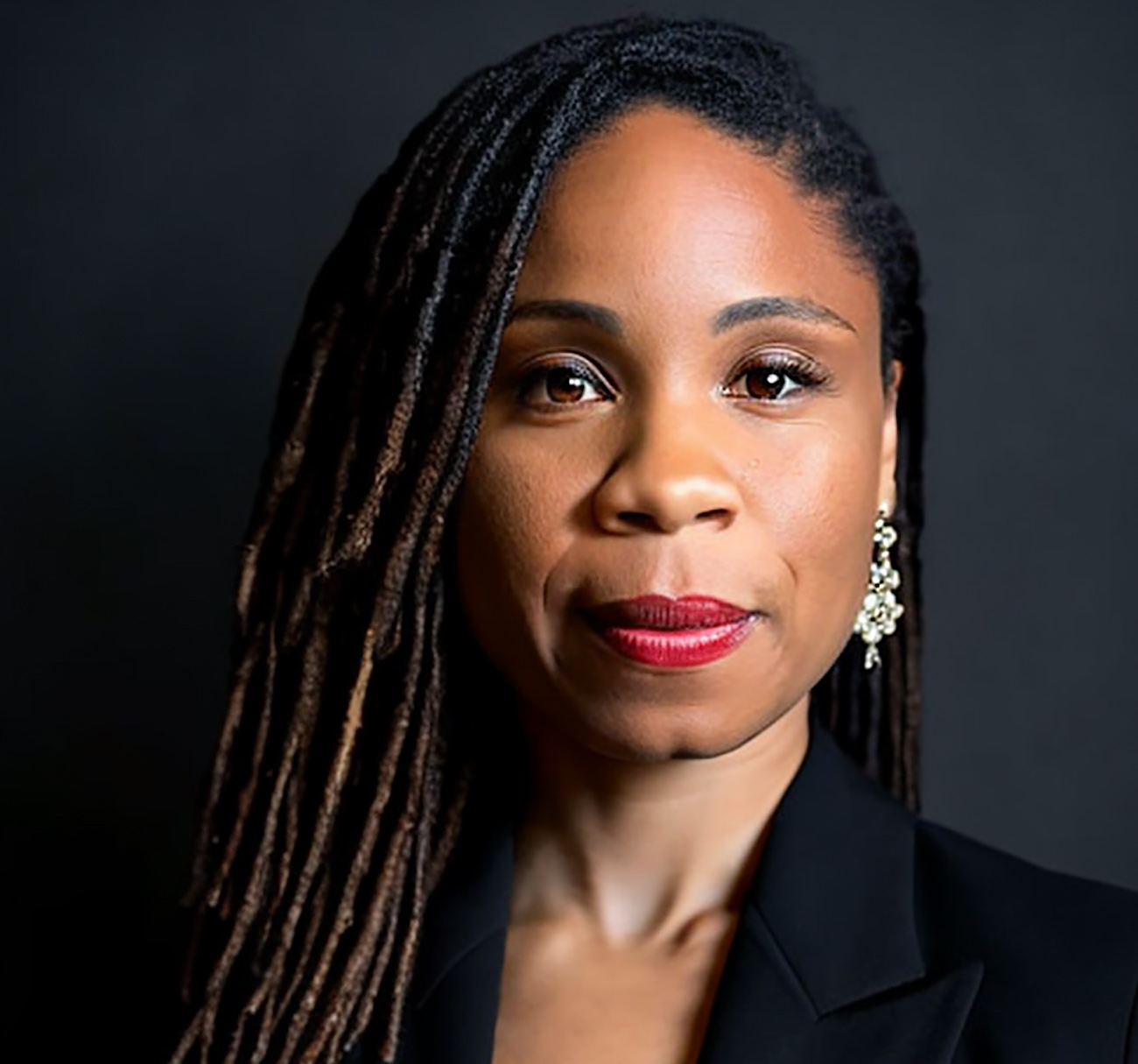
“I’m a chaplain who works at the largest social media company in the world,” writes Breeshia Wade in a blog post on her website entitled “From Codes to Compassion: The Story of a Chaplain Working in Big Tech.” She describes how her chaplaincy background informs her work as a UX (user experience) content strategist at Meta, despite assumptions from others in the tech industry that the two roles are mutually exclusive. “Suffering isn’t bound by the walls of hospitals or prisons: it’s pervasive, attaching itself to everybody, at any time,” she writes. “So, chaplaincy is needed well beyond the walls of hospitals and prisons, churches and temples.
“Titles, ordination, and job tasks do not define a chaplain; chaplains are defined by their intentional awareness of spiritual suffering in every context, allowing us to truly serve all beings. Chaplaincy isn’t something we do: it’s a way of being.”
Rich with an education that spans her Southern Baptist upbringing in South Carolina, a BA in comparative studies in race and ethnicity from Stanford, an MA in religious studies and philosophy from the University of Chicago, completion of the Upaya Buddhist Chaplaincy program, four units of Clinical Pastoral Education (CPE), lay ordination in Shunryu Suzuki’s Soto Zen tradition, and experiences as diverse as birth doula and hospice chaplain, Breeshia is also a speaker, consultant, and teacher whose current focus is “grief-informed antiracism.” Against all odds, she still finds time to write. Her book, Grieving While Black: An Antiracist Take on Oppression and Sorrow, received excellent reviews and is now required reading in a number of graduate-level university courses. Plus, Breeshia volunteers as a hospice chaplain. Does she ever sleep? “I do,” she affirms. “That’s a different conversation.”
What does your week look like? Of late, in addition to my corporate job as a content strategist, it mostly has looked like partnerships. Working on institutional partnerships, getting proposals together, planning programming and presentations around grief-informed antiracism—that has been the bulk of my time. There’s a lot happening right now; there is no consistency in how things look.
What is grief-informed antiracism? Essentially, instead of focusing on the grief experienced by people who are suffering from systemic trauma, I focus on the fear of loss or impermanence, which is a future sort of grief. My primary audience is usually white people, but it’s applicable to any background. Attending to what we’re afraid of losing can keep us from stealing resources in the present to avoid losing them in the future. Unexplored white grief or fear of loss is what leads to concrete grief for Black people, so I focus on addressing white grief for the sake of Black liberation.
Equity is fine and dandy until we recognize, hey, equity means I don’t have access to the same things—say, the same number of jobs—because what has been privileged and seems like the norm for me is being broken up. Now, I’ve got to share opportunities with that person over there, and that’s a problem.
I don’t think there’s anything wrong with having things that you want to keep. I get it—everybody has that. But when that is stretched into a system where an entire group of people have created circumstances to protect their ability to live longer and more happily at the expense of everybody else, that’s where we start having issues.
If we look at systemic racism, we see the stealing of life, of monetary resources, of land, of peace, of medical care. We see the stealing of jobs. There’s this constant taking of things that are to some degree tied to our ability to live comfortably now and in the future. That’s where this concept around the fear of loss, specifically for people who experience racial privilege, comes from.
I will also say that the experience of grief or fear of loss is applicable across space and time. It is not specific to white people. If we got rid of white supremacy today, I can guarantee you that another system would pop up to replace it. Educating people around systemic racism is important—people need to become aware—but this is more than a cognitive issue. It is fundamentally a spiritual issue.
How did you get from your studies and your different experiences to this particular sort of niche? There aren’t many people doing what you’re doing. Honestly, it’s difficult to pinpoint where, when, and how. I posted a blog recently on how Buddhism helped me come to the conclusion that antiracist work is grief work. Once I reached a certain place in my practice, this was where I wanted to be because it seemed most relevant, and not just because of what’s going on in the world and its topicality. Anti-Blackness and antisemitism are the foundations of a lot of systems of oppression in America and have been throughout its history, so that’s where I focus.
What called you to Buddhism? First of all, I want to say that I’m still culturally Baptist. I say things that are specific to African Americans who are Baptists. I love my culturally Baptist family. I will 100 percent go to revival and a cookout, and I see no contradiction, because that is where the culture is for me.
I also find peace and solace in Buddhism. When I was 20 or 21, I was studying Mandarin, and there was a three-day intensive workshop on something called Sudarshan Kriya—the Art of Living breathing practice. I remember going to class and talking to my Chinese professor about it. She thought I was talking about zazen, which I’d never heard of. She invited me to sit where she sat, which I think was Mountain View Zen Center. Then I saw that Oakland Zen Center was holding a three-day sesshin. I showed up and said, “I want to do this.” The teacher asked, “Have you ever sat before?” I was like, “Nope.” And she said, “Maybe you should try it for a couple of hours or just come and sit with us another time.” And I was like, “Nope. I’m ready. I am here. I will do this.” So I sat sesshin for three days, and from there on, it just felt like a necessary practice.
People often ask me how I reconcile my upbringing as a Southern Baptist Black woman who grew up in South Carolina with my Zen Buddhist practice. I don’t view these things as being in contradiction. I would say that my Southern Baptist tradition gave me spiritual depth and breadth, and my Zen Buddhist practice gave me courage and a shovel to go deeper than I can ever express.
You’re a Zen Buddhist married to a white, Jewish woman. How does your South Carolina Southern Baptist family feel about your life choices? You know, my grandma may have had a little bit of difficulty at first, but at the end of the day, the family wasn’t going to lose their relationship with me. All in all, my family tends to be forgiving of my decisions and behavior even if they may not be the decisions they would have made for me.
What was your path to chaplaincy? I did the MA and paired it with the Upaya chaplaincy program to create an MDiv equivalency. I did my first three units of CPE at Rush University Medical System in Chicago—nine months—and then I moved to Los Angeles and did the last unit through Emory’s online program.
I had some great CPE supervisors who really helped me develop my emotional and spiritual awareness. My last CPE supervisor in particular left a profound impression on me. He’s an Orthodox rabbi. I feel touched just talking about him—I cried when that group ended. I randomly tell him this—every four or five months, he gets an unexpected thank-you message for all he’s meant to me.
That said, I found working within the medical system as a queer, Buddhist, Black woman to be very challenging. In the US, both medicine and religion tend to be heteronormative, patriarchal, and racist. There are a lot of behaviors that are allowed to fly from some parties, and people like me are expected to disappear themselves in order to accommodate those behaviors. And while my own spirit was being depleted, I had to turn around and provide spiritual care for people at their most vulnerable.
I continue to volunteer once a week as a hospice chaplain. The thing about death and dying is that it’s honest; that’s really what drew me to it in the first place. There’s no running, there’s no room to be disingenuous. You get to the core, the root of it—it’s real, you know, and it’s raw. However, because it is so deeply meaningful to me, I do not feel comfortable tying it to my livelihood full-time at this point. There have been things I was asked to do within the medical institution that I was in conflict with, and I just don’t want to be in a situation where I feel coerced. I find it important to do other work so that I can maintain a sense of integrity.
Working with people who are in pain—whether it’s spiritual pain, trauma, pain that has roots in racial identity, or any other form—can be very demanding. What keeps you going? Having enough comfort and familiarity with my own pain. There are a lot of people who would say that they sit because it’s relaxing or they want enlightenment. I don’t sit for those things. I sit out of necessity. When I sit, it often is not pleasant. That’s cool. I’m not coming for pleasantness. I’m not coming expecting a certain outcome. I sit, and, as a human, I experience suffering. I see that suffering. I am not abandoning that suffering. Because I’m present with myself, I can be present with other people who are suffering.

 BigThink
BigThink 







